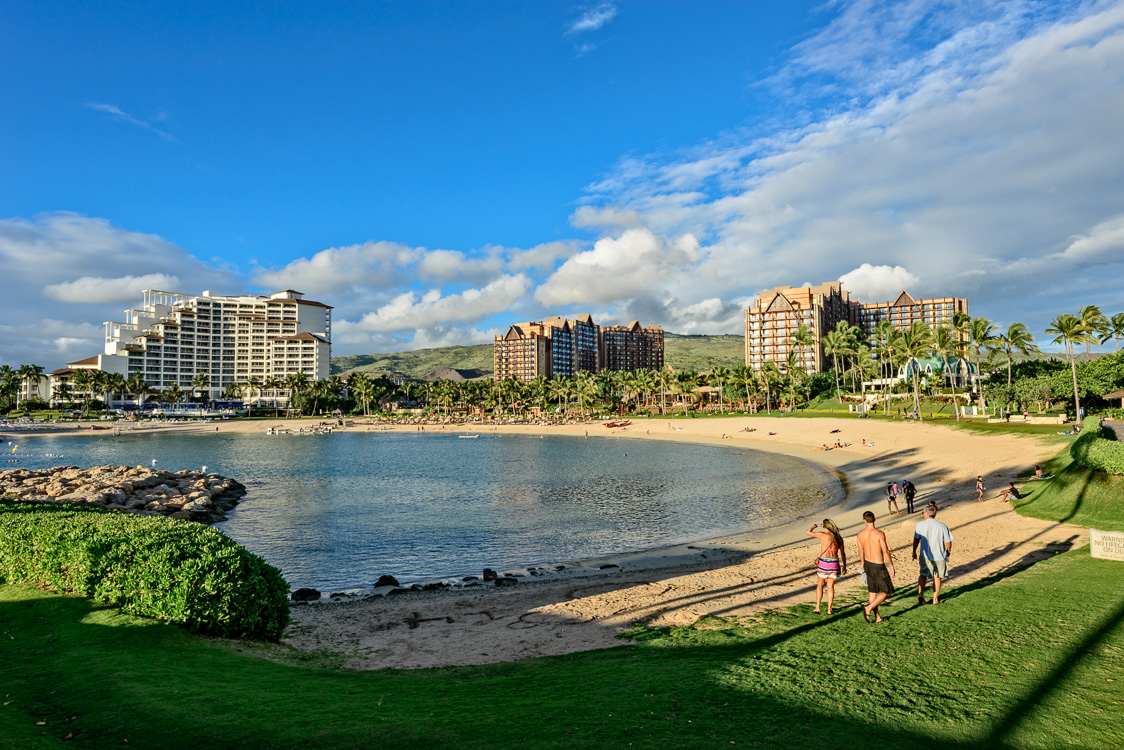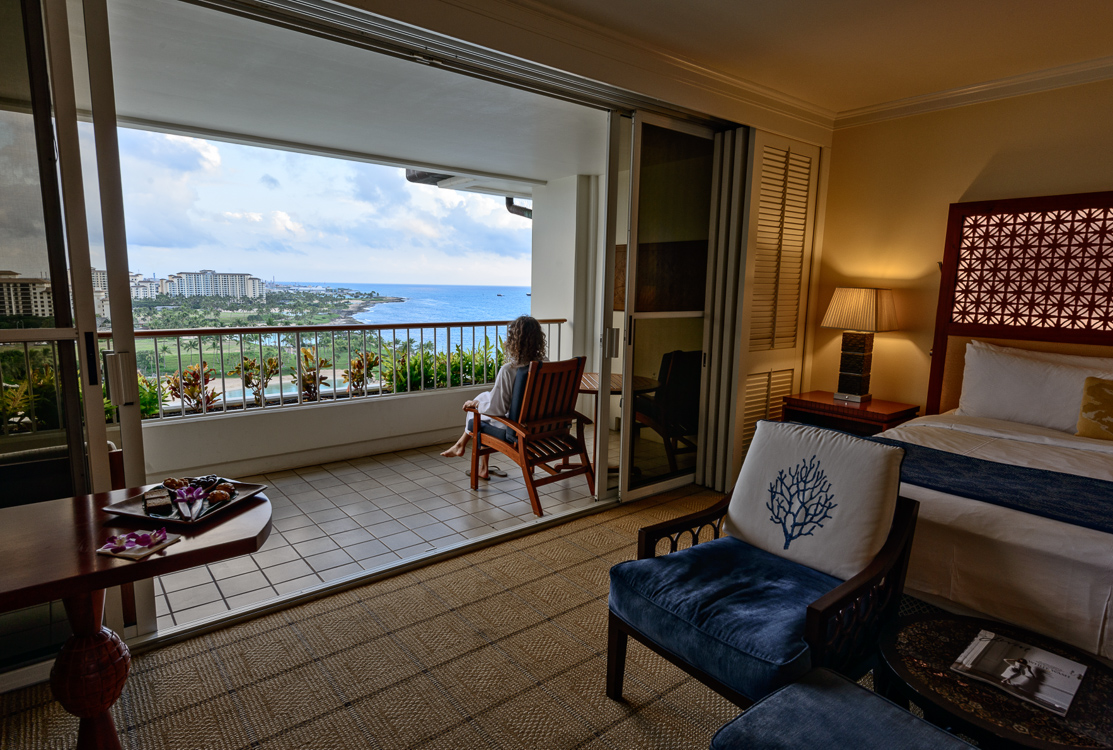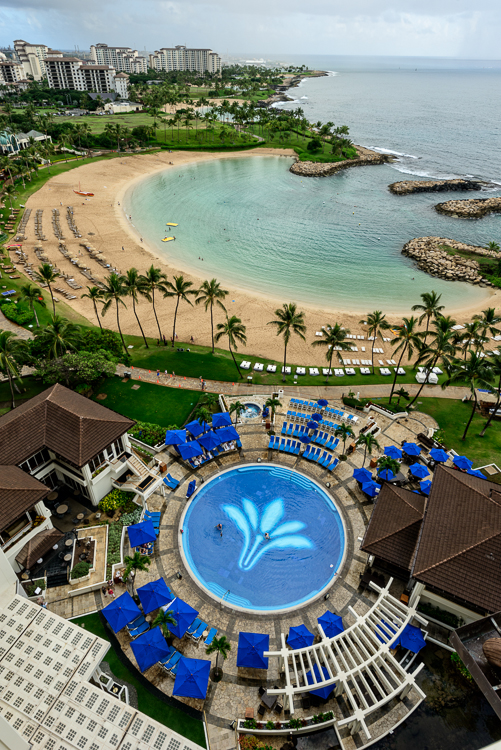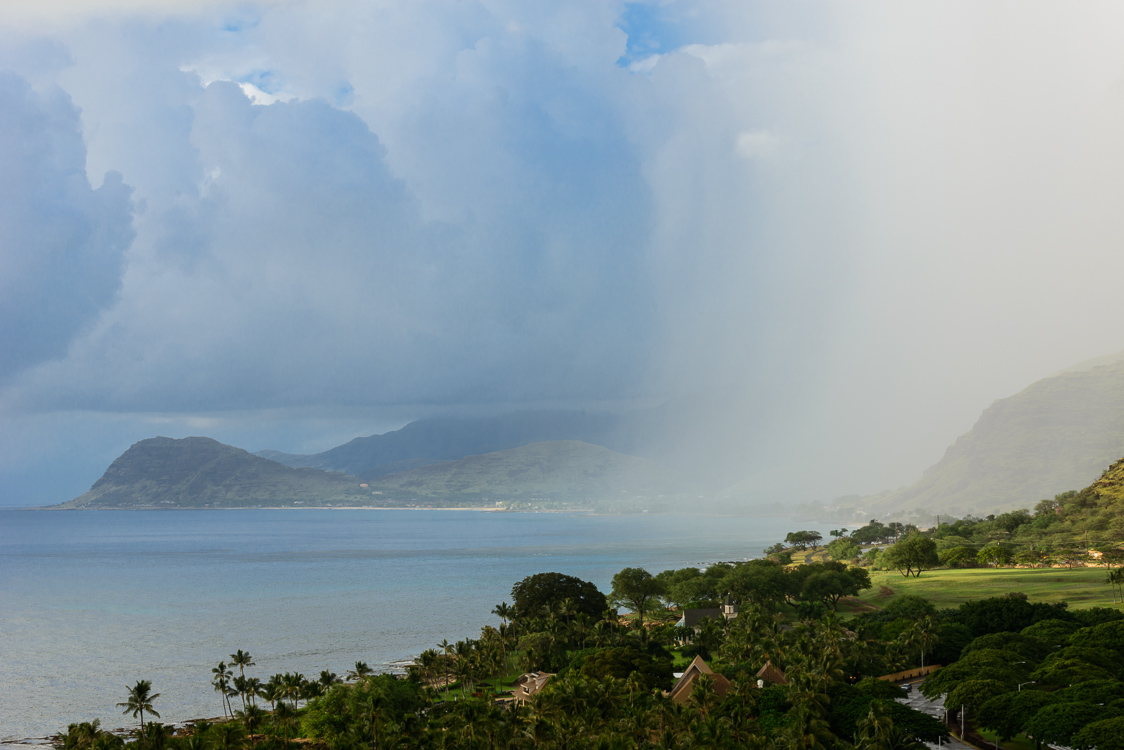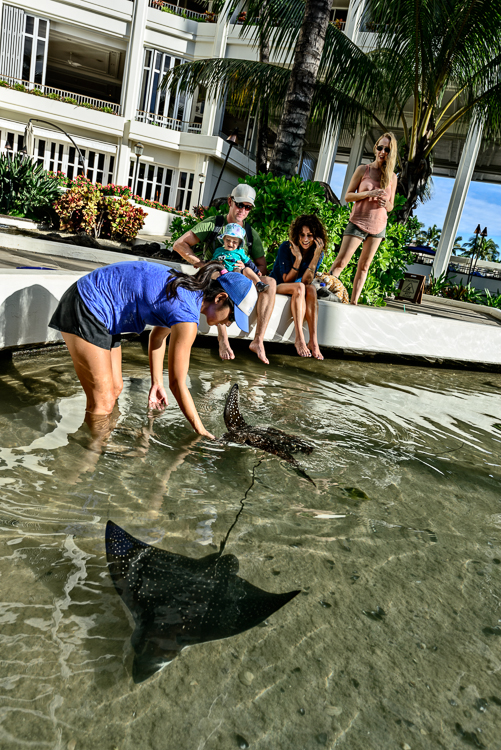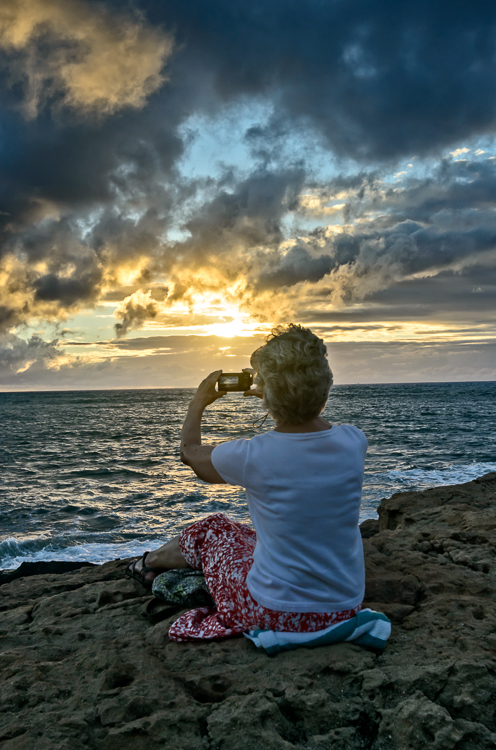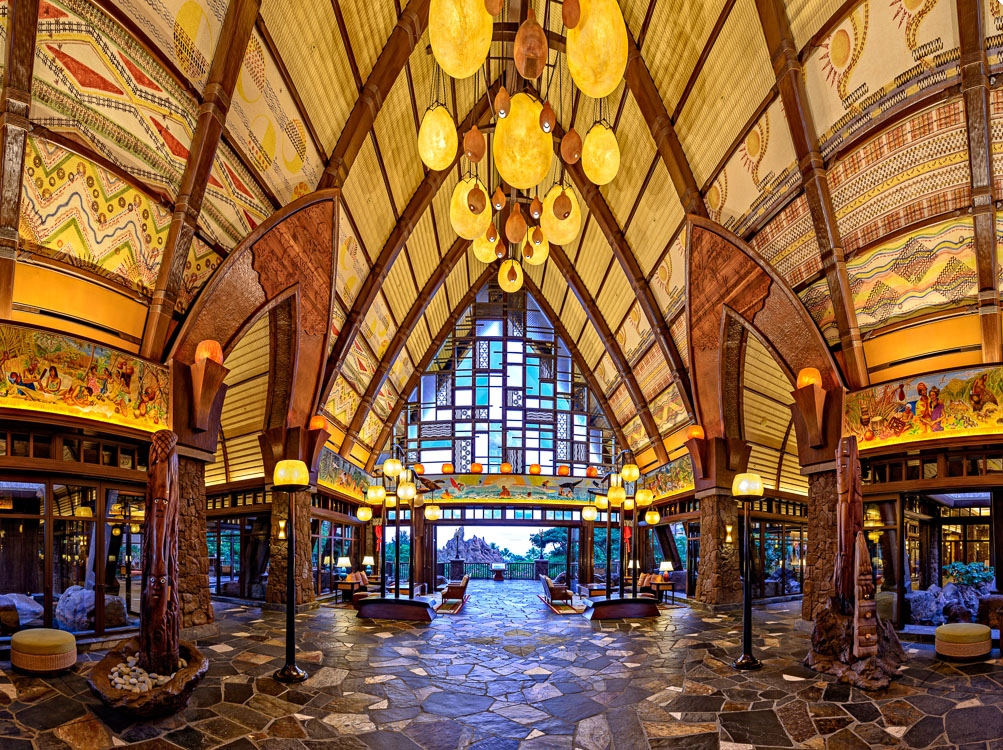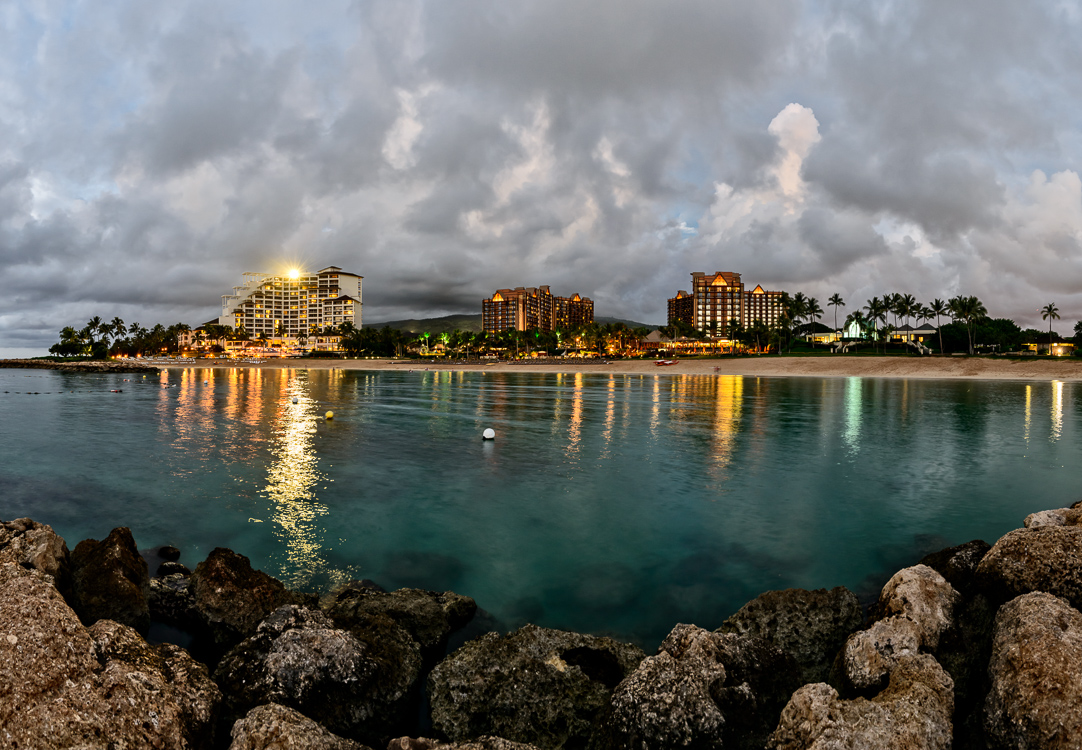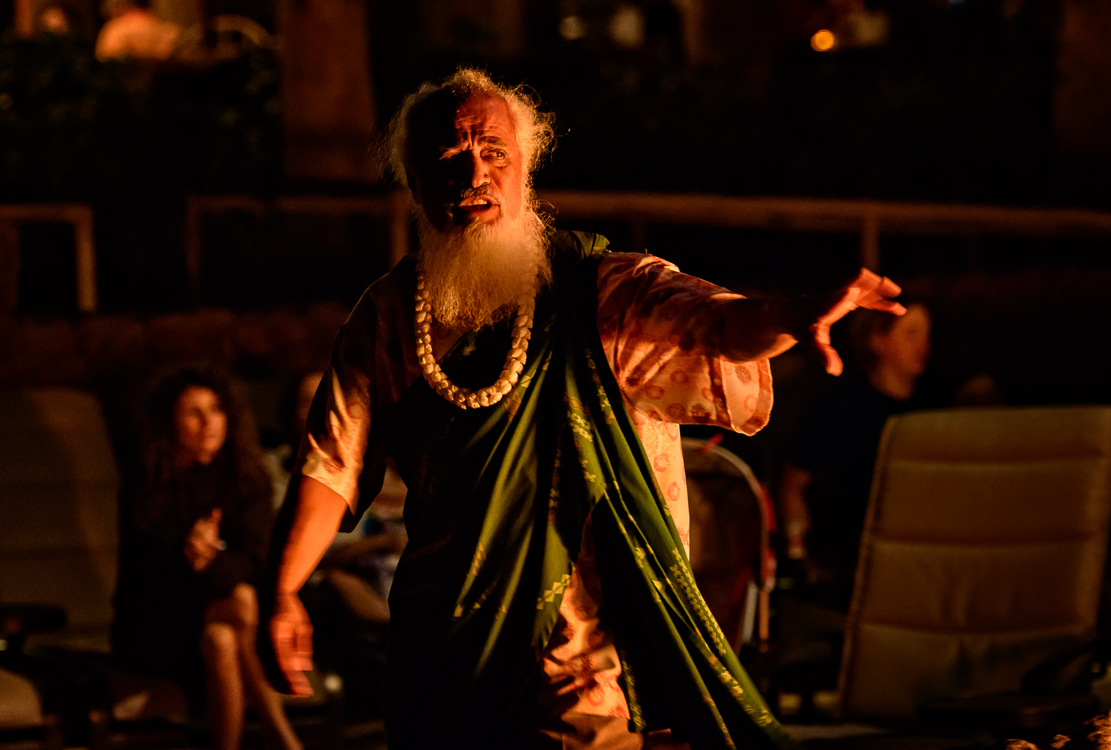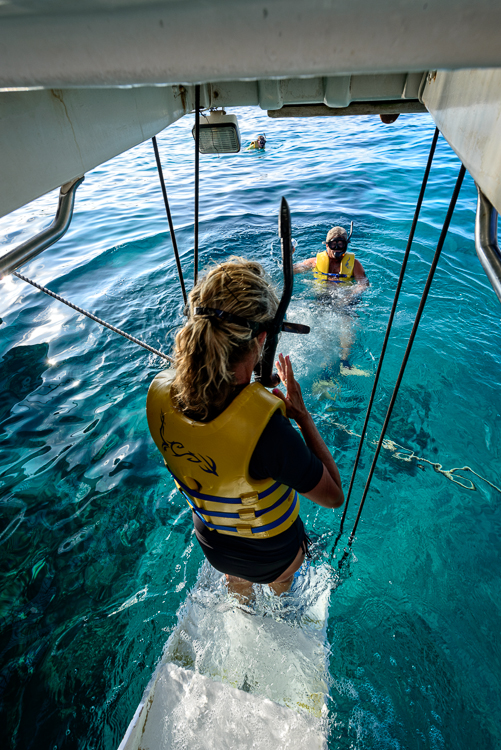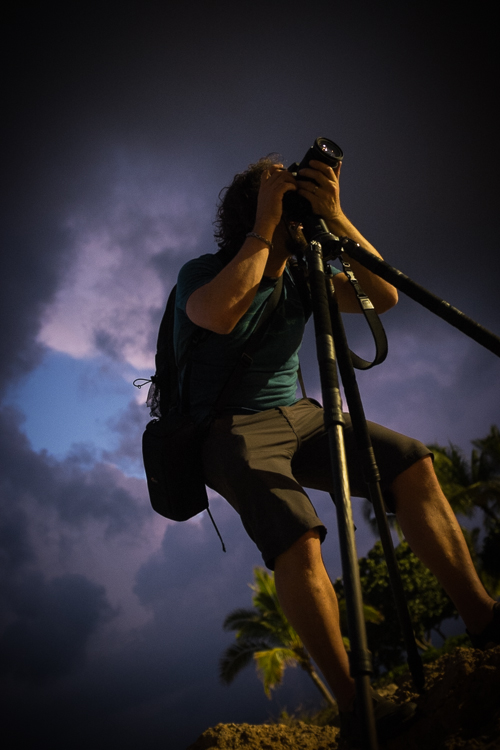I recently was asked to photograph a travel story for the L.A. Times in Hawaii. Who in their right mind turns down an opportunity to work the islands in winter? Not me!
In the four days I had to work my shot list, I was reminded just how challenging and rewarding shooting travel is. Whether a big expedition or a nearby small town, each job is like a new puzzle with a short countdown timer. It's always a bit manic while you are in the middle of solving it, but so satisfying when the pieces come together.
A good story requires a broad eye to capture wide establishing shots, tight details, and a recognition of those intangible moments and compositions that capture the viewer's imagination and convey an emotional sense of place. Without all these elements and some interesting light, you won't have a visual story that holds the viewers' attention.
To shoot travel one works with tight deadlines and whatever natural light is available. The photographer must be comfortable shooting people, landscapes, architecture, food and action. Understanding how to use small strobes is invaluable both to create drama and compensate for poor light. On the job you have to stay sharp, focused and a bit sleep deprived.
Before I start on a travel assignment I invariably spend a lot of time researching the locations. What light can I hope for at what time of day? When are sunrise and set? Will the moon be full? How have other photographers envisioned the same location? I look to others images not to emulate them, but to to begin thinking of ways to capture a scene differently -- to make it my own.
Thunderheads provide dramatic light. (click image to enlarge)
The Oahu story covers Ko Olina, Oahu's latest resort development area, and focuses on the J.W. Marriott Ihilani Resort as well as Disney's new 800 million dollar Aulani Resort. I had two nights at each hotel; four sunrises and four sunsets. I knew I would need to make each one count.
Fortunately Hawaii rarely fails to provide interesting natural light. This trip I was treated to a constant interplay of thunderheads and sun. Dramatic light!. Perfect.
As soon as I entered Disney's Aulani I knew I faced a challenge. The resort is a lavish tribute to Polynesian culture built on an impossibly grand scale. The entire hotel is built like a valley leading down to one of Ko Olina's artificial lagoons. The valley walls are created by two long towers and the middle contains a lazy river, a water park disguised as a volcano, restaurants, artificial reefs and thousands of guests. It's one of those rare scenes that are impossible to capture in a single frame no matter how wide your lens is. The landscape photographer in me immediately started scouting locations to create panoramic mergers.
Only a panoramic merger could capture the scale of Disney's Aulani. (click image to enlarge)
Another complicated image on my list was to capture the drama of a very gifted storyteller named Uncle Ito beside a large fire backlit at dusk. If I exposed for Uncle Ito's dimly fire-lit face I would have to turn up my ISO to get a fast enough shutter speed to freeze motion while simultaneously blowing out the details of the fire and loosing the color of the sky and water behind him. A grainy blown out photo is not what I came to capture. The solution? Add light.
Off camera flash makes this image work. (click image to enlarge)
Before attempting to photograph the scene I spoke with Uncle Ito to let him know I would be photographing his storytelling while my assistant used a flash from his left. Fortunately he was extremely accommodating and a joy to work with.
To match the warm firelight I put an orange gel on my speedlight strobe and had my assistant hand hold it aimed at Uncle Ito. I then put my Nikon D800 in manual exposure mode and watched my changing background exposure to control how the sky and fire were exposed, while simultaneously dialing the flash exposure up and down manually to add light to Uncle Ito. The things technology lets us do these days. I love it.
At the end of my assignment at Ko Olina I spent a couple of days recharging in the sun and surf with friends on the other side of Oahu. Reviewing my photographs from the assignment I could see that, while many images resembled what I had envisioned at the outset, a great many were the happy result of serendipity, changing light conditions and just being open to what this place had to offer.
Travel photography is always a challenge. Being in position before dawn, scouting during the worst light of the day, finding local guides and resources, photographing until the last light leaves the sky, and finally downloading and backing up each day's files leaves little time for eating let alone sleeping. That being said, I fell in love with photography because I love travel and wanted to share my stories of trips with friends and family. Nothing for me is quite as rewarding as coming home from a new adventure with images that inspire others and tell a story all their own.

